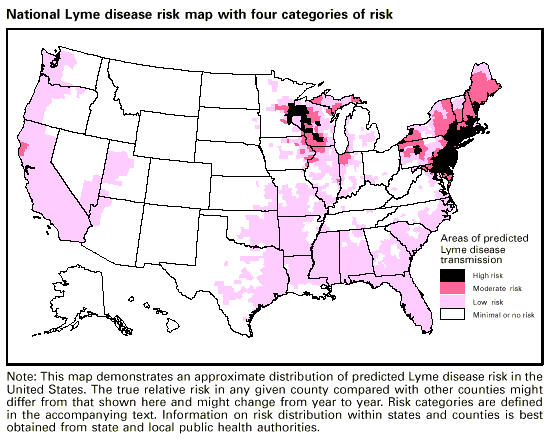
I'm 16 and got diagnosed with POTS this January when I was 15. Ive had all the common symptoms of POTS for about 3 years. it started off with extreme fatigue and heaviness in my legs that made me not able to walk. Then a year later I started getting dizziness, excessive headaches, and blackouts upon standing. A few months after that I got a tilt table test and got diagnosed with POTS. I was put on medicine to help the dizziness and headaches. Also I just got put on a beta blocker for fast heart rate and palpitations. my blood pressure also gets very low when I stand. but now knew symptoms have started taking place in the past few months. I am getting terrible joint pain all over especially in my knees and have noticed some swelling or maybe fluid in my knees? Ive always had weird joints in my knees though like there all wobbly and sometimes when I walk i feel like they move around. Ive also been getting extreme stomach pains. And a couple months ago I felt like I was unable to speak sometimes, but that hasn't happened in a while. sometimes when i'm laying down I feel like I cannot move my arms or legs. I get tingling and numbness in my hands and feet. I also have sleep paralysis. I read about lyme and I know you can get POTS from it and the knew symptoms im getting seems similar to lyme symptoms. I was wondering if you could get these knew symptoms of mine with just POTS? Also it never was clear how I got POTS. the doctors think rapid growth. Also 3 years ago right before the symptoms first started I got a terrible sinus infection and then mono so i dont know if thats how I got POTS. in the beggining when all this started I never got a large round rash and a fever like most people who get lyme. And I really cant remember if I got flu like symptoms. I know if lyme goes untreated you can get all these symptoms i'm having but can you get it with POTS too???? I'm going to see one of the top doctors who specialize in POTS in 2 weeks, should I talk to them about getting tested for lyme?
Alyssa Tepfenhart,
Postural Orthostatic Tachycardia, often more simply referred to as postural tachycardia syndrome or POTS, is a syndrome. as such, there is a collection of symptoms that distinguish it. the symptoms are widespread because the autonomic nervous system plays an extensive role in regulating functions throughout the body. the disorder is characterized by the body's inability to make the necessary adjustments to counteract gravity when standing up. the defining symptom of POTS is an excessive heart rate increment upon standing. However, there are a multitude of other symptoms that often accompany this syndrome. Many of these symptoms, such as low blood pressure, may present only after prolonged standing. Symptoms will vary from person to person. as such, POTS can be a difficult disorder to detect and understand. While the etiology of POTS is still unclear, it most likely represents a heterogenous group of disorders with similar clinical characteristics. the largest group of patients appear to have a mild form of idiopathic peripheral autonomic neuropathy (a “partial dysautonomia”), in which an inability to increase peripheral vascular resistance during upright posture results in an excessive compensatory postural tachycardia. on the other hand, Lyme disease is a bacterial illness which is caused by a bacterium called a "spirochete." in the United States, the actual name of the bacterium is Borrelia burgdorferi. in Europe, another bacterium, Borrelia afzelii, also causes Lyme disease. certain ticks found on deer harbour the bacterium in their stomachs. Lyme disease is spread by these ticks when they bite the skin, which permits the bacterium to infect the body and the disease affects different areas of the body in varying degrees as it progresses. the classic initial rash is called "erythema migrans" although more than one in four patients never even develop a rash. the redness of the skin is often accompanied by generalized fatigue, muscle and joint stiffness, swollen lymph nodes ("swollen glands"), and headache, resembling symptoms of a virus infection. the redness resolves, without treatment, in about a month. Weeks to months after the initial redness of the skin the bacteria and their effects spread throughout the body. Subsequently, disease in the joints, heart, and nervous system can occur. So if you consider that you should ask to be tested for Lyme disease, by all means do so, as that is your right. but you might be better advised to ask your examining doctor, when you attend in two weeks time, if your symptoms are in any way consistant with those of Lyme disease or if Lyme disease might be suspected as the causative factor. I wish you well.
ALL ANSWERS SHOULD BE THOROUGHLY RESEARCHED, IN ANY FORUM AND ESPECIALLY IN THIS ONE. – MANY ANSWERS ARE FLAWED.
It is extremely important to obtain an accurate diagnosis before trying to find a cure. Many diseases and conditions share common symptoms.
The information provided here should not be used during any medical emergency or for the diagnosis or treatment of any medical condition. A licensed physician should be consulted for diagnosis and treatment of any and all medical conditions.
Hope this helps
matador 89
Many Lyme patients also have POTS. who knows which came first?
It's worth being evaluated for Lyme disease. unfortunately, for lots of complicated reasons, most doctors (even specialists) don't know much about Lyme. you need to do your own research on the subject, and then get to someone who can help you.
Good sources of info about Lyme disease:
lymedisease.org
ilads.org
canlyme.com
lymeinfo.net
lymediseaseassociation.org
lymenet.org
igenex.com
lymedoctor.com
touchedbylyme.org
facebook.com/lymedisease.org